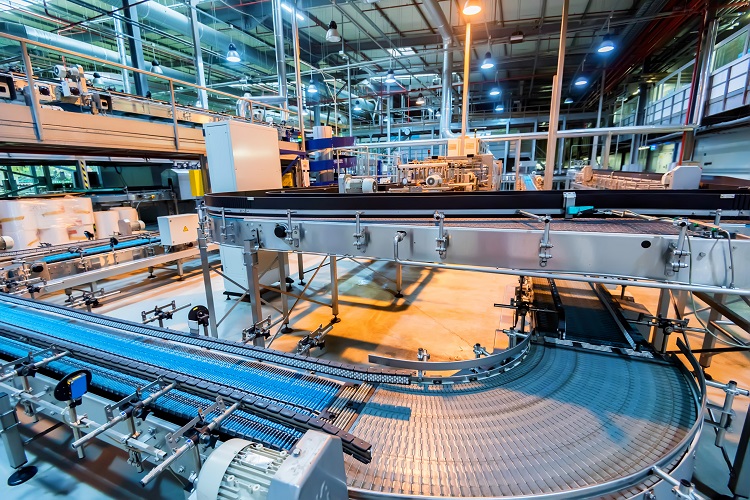Preparing for the launch of a new production facility can be a chaotic period for any organization. There’s a lot to watch out for on all fronts, and you have to be sure to handle some specific aspects as professionally as possible. Otherwise, you might set up the new facility for failure right from the start. And this could eventually spill over into your main operations.

The biggest points you’ll need to address include securing any relevant contractors early on, ensuring that the site has been properly evaluated for safety and performance, and keeping everyone up to date with regards to any new solutions that will be deployed.
Contact All Needed Experts Early On
You’re going to need various specialists and contractors for a project like this. Even if you’re running a large organization with significant in-house resources, you will still need to work with at least a few specific contractors. Make sure to start contacting them as early as possible.
The more you delay this, the more difficult it’s going to be to ensure that you’ve got everyone available when you need them. If you need any specialists with advanced, exclusive skills, you can expect them to be booked for months ahead – so the sooner you start approaching them, the better your chances will be.
Assess the New Site from All Perspectives
You’ll also want to make sure that you’ve identified any potential problems before the new site has even been opened. This includes potential performance bottlenecks, logistics issues, and of course, safety concerns.
For many of these tasks, you’ll probably want to work with specialists with in-depth knowledge of the field. Hiring someone like Pulpstream for job safety analysis and related tasks is a good example. You’ll want to be sure that you’re working with a company with significant experience in the field. Pulpstream have a proven track record in these types of assessments, including job safety analysis, and you should work with similarly high-ranked partners for other parts of the initial evaluation as well.
Are New Training Materials Needed?
If you’re simply replicating an existing production facility, you probably won’t need to put any extra effort into ensuring that everyone is properly informed about appropriate workplace practices and other similar issues. Otherwise, you should take the time to put together relevant training materials and ensure that everyone is on the same page with regards to what’s expected of them.
Keep in mind that it will probably take some time for your employees to fully adjust to the situation and go through the necessary training courses. That’s why this process should also be started as early as possible. Ideally, before you’ve even launched the facility itself. As long as you know what equipment you’ll be using, you can start preparing the necessary training materials early on.
That way, you can also sort out any issues or uncertainties surrounding the training courses. Get as much feedback as possible from involved employees and see if you’re not missing anything that could have been addressed better. You don’t have to implement every single suggestion you receive – it’s your job as a leader to filter the good ones from the bad, after all – but you should definitely take the time to at least listen to every concern that’s being voiced.
Keep Your Analytics Focused for the First Few Months
You must also ensure that you’re fully informed about the performance of your new facility and can track down any deviations so they can be addressed early enough. You’re probably going to want to analyze the performance of the facility more closely during the first few months of its operation. It’s okay to ramp up your analytics for the first few months, as long as you can handle the extra amount of information that has to be processed.
When done right, this can allow you to save a lot of money in the long term by identifying and eliminating potential problems early on. What’s more, this could also lead to some interesting revelations about the rest of your operations. A fault in one facility might expose shortcomings in another, even if their core operations are completely unrelated. Sometimes a new production plant can pay for itself in just a few months simply due to the new information it brings to the table.
Things are going to be challenging for the first few months and you’ll probably have to put in a lot more work than you’re used to. But once you’ve got the ball rolling, you should be able to ramp down the additional work required to keep the facility running. At the same time, you’ll start applying all the new information you’ve gathered during the first few months of its operation. And as we mentioned above, this can provide you with a major boost to the performance of the rest of your processes.

Leave a Reply